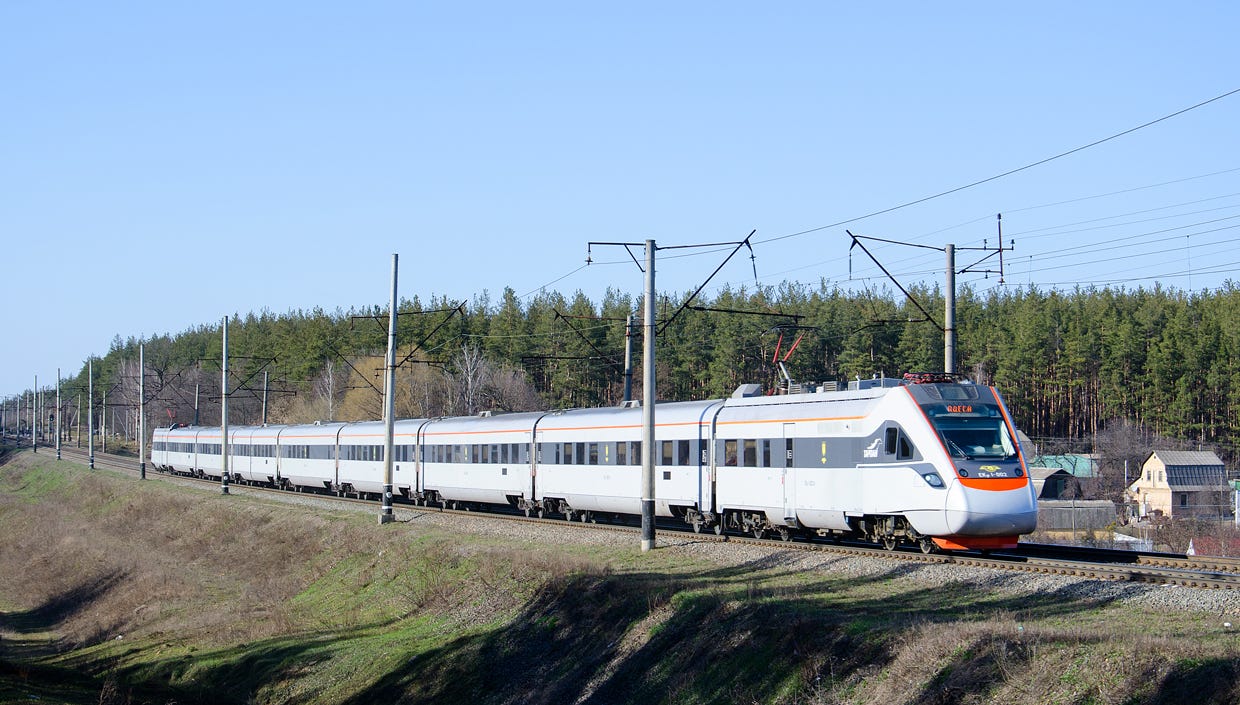Ukraine’s EU-gauge railway: integration vs. logistics risk

Ukraine’s inauguration of its first European-standard-gauge railway near the Hungarian and Slovak borders has drawn mixed reactions. While Kyiv and Brussels hail it as a milestone of European integration, industry experts warn the isolated line could become a “strategic dead end” unless part of a coherent, long-term network plan.
Ukrainian Railways and government officials present the new line as a landmark step toward EU alignment. The standard-gauge section allows freight to move directly into the European rail network without transshipment at border terminals, reducing time and costs that have long constrained Ukraine-EU trade. President Volodymyr Zelensky called the project “building our European future in steel and concrete,” framing it as both a practical and symbolic act of integration.
The European Commission has echoed that view, describing the line as tangible progress toward Ukraine’s inclusion in the Trans-European Transport Network (TEN-T). EU funding has already supported feasibility studies for broader gauge conversion, with Brussels viewing Ukraine’s 1,520 mm Soviet-era gauge as a transitional legacy to be phased out over time.
Critical assessment
Rail logistics specialist Boris Ganaylyuk offers a more cautious interpretation. He argues that without comprehensive network planning, the project risks becoming technically connected but functionally isolated. True gauge integration, he notes, requires coordinated development of terminals, rolling stock, maintenance bases, and operating procedures.
Ukraine’s main industrial and port infrastructure remains built around broad-gauge operations. Introducing dual systems could create logistical inefficiencies, requiring duplicate equipment, training, and maintenance regimes. Spain’s decades-long effort to expand standard-gauge high-speed lines while maintaining a broad-gauge domestic network illustrates how mixed systems can generate persistent complexity and high costs, even with major state investment.
Strategic implications
The debate highlights the broader trade-off between political symbolism and operational practicality. The new line demonstrates Ukraine’s European orientation but offers limited immediate utility without compatible infrastructure on both sides of the border. Capacity constraints in neighboring EU networks, combined with Ukraine’s continued reliance on its broad-gauge backbone, could restrict real gains for years to come.
The question extends beyond Ukraine. Moldova, which shares the same 1,520 mm gauge, has expressed similar interest in aligning its future infrastructure with EU standards, and the lessons from Ukraine’s pilot project may influence how smaller neighbouring states approach integration.
Ultimately, experts agree that gauge compatibility alone will not guarantee integration. Without parallel progress on signaling, electrification, loading standards, and cross-border operations, a shared track width risks remaining more symbolic than transformative.

